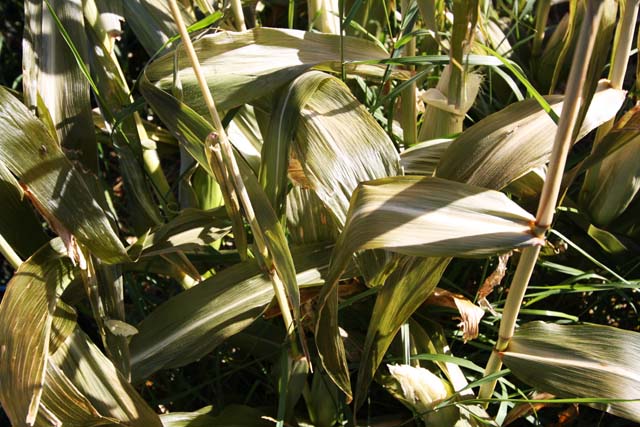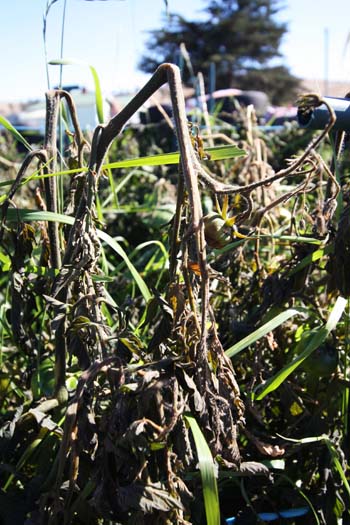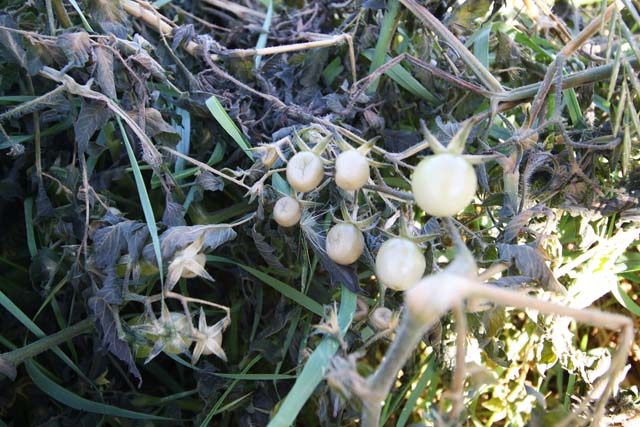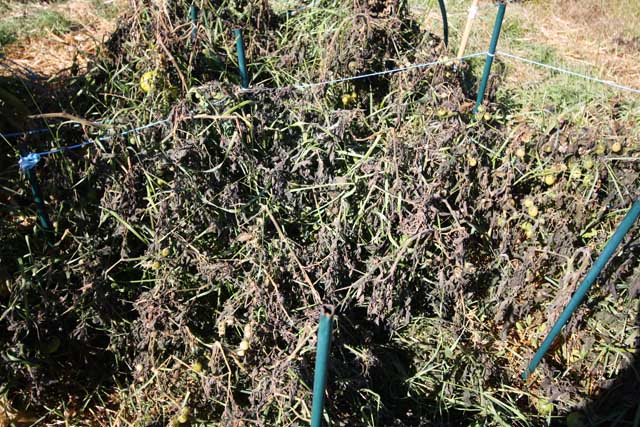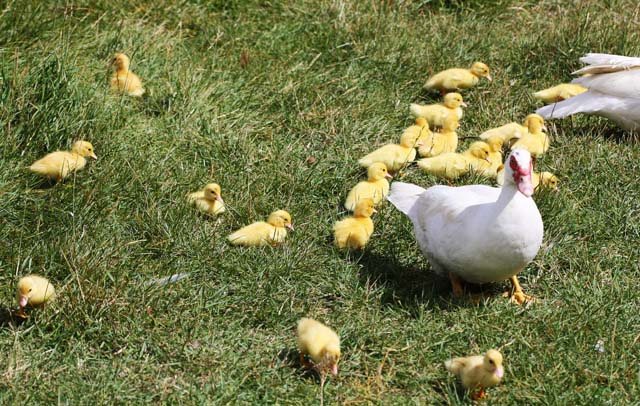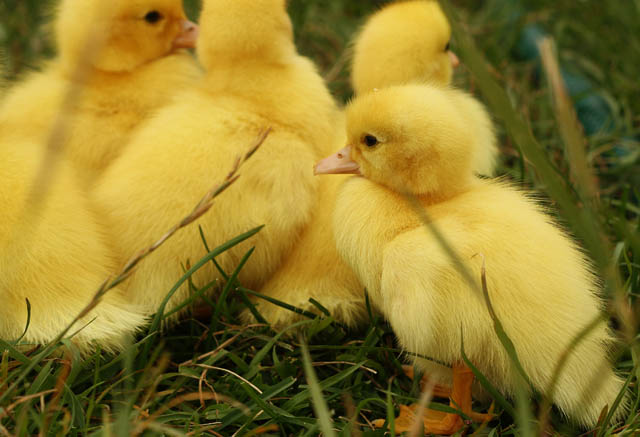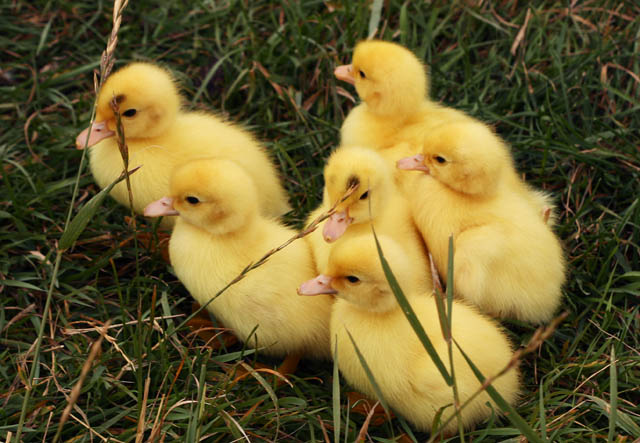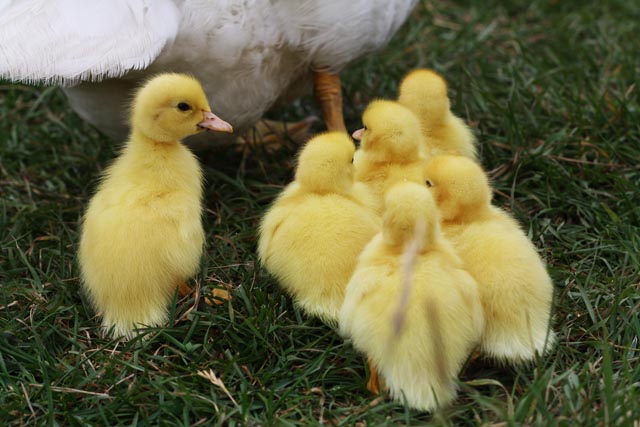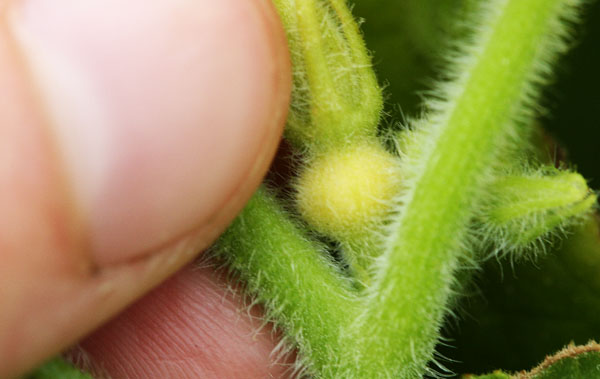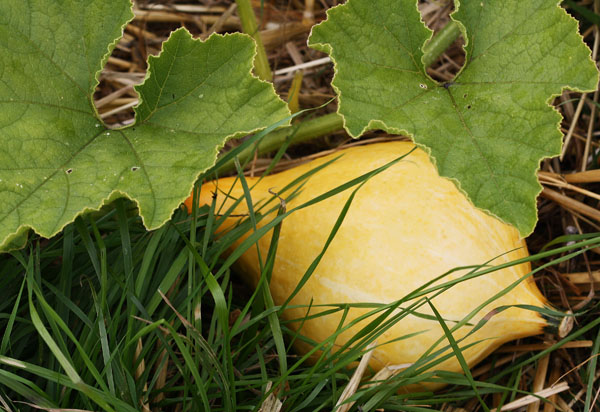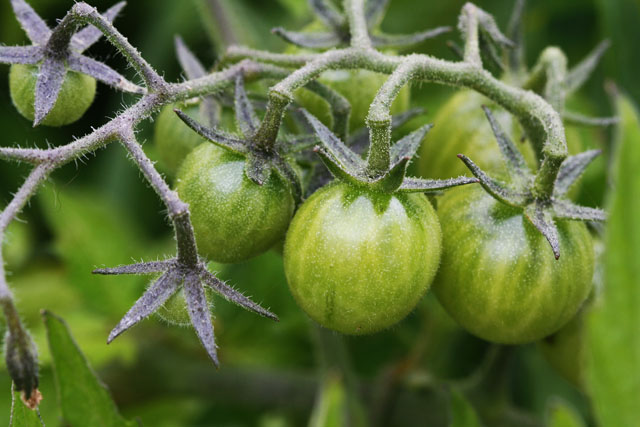It’s a universal truth that women have had to fight twice as hard to get half the recognition of men. This year marks the 100th Anniversary of International Women’s Day and it shows us how far we’ve come from the suffragette movement of the early 1900’s. It also highlights how far we’ve still got to go, to reach true equality, in all things.
I’m one of the lucky ones. I’m white and I’m living in a developed nation. I have access to health care, I have a reasonable expectation that I won’t be sexually assaulted or abused and I have access to legal channels if these things happen. I’ve got next to no risk of contracting HIV and safe sex practises in my youth meant that whatever risk I had then was negligible.
Unfortunately, a good portion of women in the world are not as lucky, nor as protected as I am.
UNHCR is working to raise awareness of women across the globe, who still don’t have access to clean birthing conditions, who are living in refugee tents with their families, who run a real risk of being raped, just living their life.
90% of war victims at this point in time are civilian women and children, and HIV is running rampant.
In Bosnia, rape was used as a specific act of war. The age old ‘if you can’t wipe them out, then breed them out’ was taken seriously and thousands of Bosnian women were raped.
“Lustmord” at MONA highlights this, the work of ink on skin is a reminder of what the women lived through – the words taken from three different viewpoints, the rapist, the victim and a witness.
Lustmord 1994. Jenny Holzer.
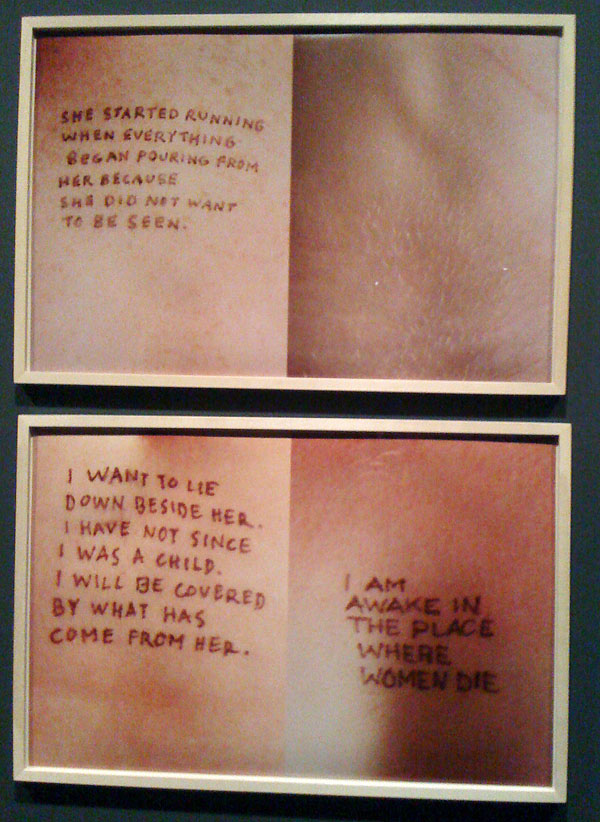
I think the job that UNHCR is doing is fantastic, in all honesty. Providing clean birth kits to Somalian women to help decrease maternal and infant mortality is a wonderful thing.
However.
[And there is always a however with me.]
I am a big believer in ‘Think Global, Act Local’. I support everything UNCHR is doing, wholeheartedly, but I would like to know what the mortality rate for Aboriginal women giving birth in the Outback is.
The indigenous infant mortality rate in the Northern Territory in 2002 was 18.1/1000 births – higher than the combined non-indigenous infant mortality rate of ALL states and territories.
The lowest indigenous infant mortality rate was 9.5/1000 in NSW.
I’m sorry, but those numbers are horrific. We are a developed nation and yet, nearly 4 times the amount of aboriginal babies died in the Northern Territory in 2002? REALLY?
The average life expectancy also throws up large issues. The average life expectancy for an non-indigenous Australian woman is 82.6 years, yet for an indigenous women in the NT, it is a mere 50 years.
We have made huge strides in the last 100 years – International Women’s Day shows that, however, that entire hundred years was not forward progress for all women. The Stolen Generation (if you can’t wipe ’em out, them breed ’em out) is a sad history in Australia and the figures I have stated above shows just how far we’ve yet to come.
All we can hope for is continued forward movement, because looking at those numbers makes me realise just how very privileged my life truly is.
There is a push this year, to get people on social networks thinking about women who may not have a voice to speak out with.
**
Disclaimer: UNHCR contacted me and asked if I’d like to write about the work they are doing. I used this as my soapbox to get to talk about Aboriginal women; something that they didn’t bring up. I was not compensated for any of this post, nor would I ask to be. I like my soapbox, but you don’t have to.
